
Being labeled a high-risk merchant isn't a slap on the wrist; it's a classification. Think of it like a car insurer looking at a sports car versus a minivan. One just has a statistically higher chance of incidents, and the insurance policy reflects that reality. It’s not a judgment on your business's quality, but a reflection of your industry and how you process payments.
What Being a High-Risk Merchant Really Means
When a payment processor calls your business "high-risk," they're making a calculated decision based on specific factors. It simply means your business model has a greater statistical chance of running into chargebacks or fraud compared to, say, a local coffee shop. This label is a protective measure for the processor, who shares some of the financial liability for every transaction you run.
They aren't passing judgment on your products or your ethics. Instead, they're looking at industry-wide data and common patterns. Businesses with long fulfillment times (like travel agencies), those in highly regulated industries (like CBD), or companies using subscription models often fall into this category. The label just signals to the processor that they need to watch your account more closely and maybe adjust the terms to manage their own potential losses.
The Core Factors Behind the Label
So, what exactly are processors looking at when they make this call? It really boils down to three main areas: your industry, your sales model, and your transaction history. Each one offers a clue about the potential for future disputes. A business might get flagged for just one of these reasons, or a combination of all three.
For instance, a brand-new e-commerce store with zero sales history is a complete unknown. On the flip side, an established business that sells high-ticket digital products faces a completely different set of risks than a brick-and-mortar boutique.
The table below breaks down the primary factors that land a merchant in the high-risk category. It’s a quick way to see what processors are looking for and which factors might apply to your business.
Key Factors That Define a High Risk Merchant
Understanding these points is the first step toward building a solid defense and showing processors you’re a reliable partner.

This visual really drives home that a high-risk classification isn't just a random label. It's rooted in measurable data points tied directly to your business operations and the norms of your industry.
Why This Perspective Matters
Seeing the "high-risk" label from the processor's point of view changes everything. It stops being an insult and becomes a business reality—one you can absolutely manage. Once you understand their concerns, you can take proactive steps to lower those risks and prove you're a trustworthy partner.
This shift in mindset is crucial for building a strong foundation for chargeback risk management and making sure your business can grow without interruption.
The goal isn't to dodge the high-risk label at all costs. It's to understand why it's there and then build the systems to manage it effectively. A proactive merchant is a successful one, no matter the classification.
Ultimately, this understanding lets you zero in on what truly matters: implementing solid fraud prevention, delivering excellent customer service to head off disputes, and maintaining crystal-clear communication about your products and policies.
Which Industries Are Considered High Risk?
When a payment processor flags an industry as high risk, it’s not a personal judgment on your business. It's a decision based on years of cold, hard data. Think of it less as a roadblock and more as an acknowledgment of the unique challenges your field faces. Processors are simply looking at patterns that show a greater chance of chargebacks, fraud, or legal headaches.
Take businesses with long fulfillment times, for example. If you’re a travel agent or a custom furniture maker, a customer might pay you six months before they ever see the final product. A lot can happen in that time. Their financial situation might change, their plans could fall through, or they might just forget what the charge was for. Any of these scenarios can easily lead to a chargeback.
The first step is to understand why your industry gets this label. Once you do, it stops being a frustrating tag and becomes a solvable business problem.
Industries with High Chargeback Rates
Some business models are just natural magnets for chargebacks. This is especially true for anything involving recurring payments or where the value is subjective. It’s a primary reason processors are so cautious.
- Subscription Services: Whether you’re selling a monthly software license (SaaS) or a curated subscription box, that recurring bill is a huge factor. Customers often forget they signed up, don’t recognize your company name on their statement, or find it's a hassle to cancel. This is a perfect recipe for "friendly fraud" chargebacks.
- Online Dating and Adult Content: These niches frequently deal with disputes tied to customer satisfaction or confusing cancellation processes. The personal and sometimes sensitive nature of the services can also lead to more chargebacks from users who are unhappy or simply want to erase the transaction.
- Digital Products and E-commerce: Selling downloadable software, e-books, or online courses is tricky. There's no physical item to return, so if a customer has "buyer's remorse" or feels the product didn't live up to its promise, filing a chargeback can feel like their easiest option.
For a processor, the math is simple: the more chargebacks an industry has historically, the riskier any new business in that space appears.
If you're in one of these fields, it means you have to be obsessive about clear billing and top-notch customer service to get out ahead of potential disputes.
Industries with Regulatory and Legal Scrutiny
Sometimes, an industry is considered high risk simply because it operates in a legal or regulatory minefield. Banks and processors are incredibly careful about who they partner with to avoid legal trouble or damage to their own brand. A perfect example is the world of selling supplements on Amazon, which is buried under strict rules about health claims and ingredients.
Here are a few other industries that keep processors up at night:
- CBD and Nutraceuticals: The laws around cannabis-derived products are a messy patchwork that changes from one state or country to the next. This regulatory chaos, combined with intense scrutiny over health claims, makes processors very nervous about getting involved.
- Online Gaming and Gambling: This is a heavily regulated world requiring strict licenses to operate. The sheer volume of transactions, paired with the constant threat of money laundering, creates a massive compliance burden. This automatically puts these merchants in the high-risk bucket. The challenges are unique, and you can learn more about managing chargebacks in the gaming industry in our complete guide.
- Travel and Airlines: This industry is famously vulnerable to disruptions. World events, bad weather, and mass cancellations can trigger waves of refunds and disputes. The long delay between when a customer books a trip and when they actually travel also adds a huge layer of risk.
Ultimately, if you're a high risk merchant in one of these sectors, your job is to prove to payment partners that you've got your act together. You need to show them you have solid compliance controls and a business model built to handle these specific challenges head-on.
The True Costs of a High-Risk Classification
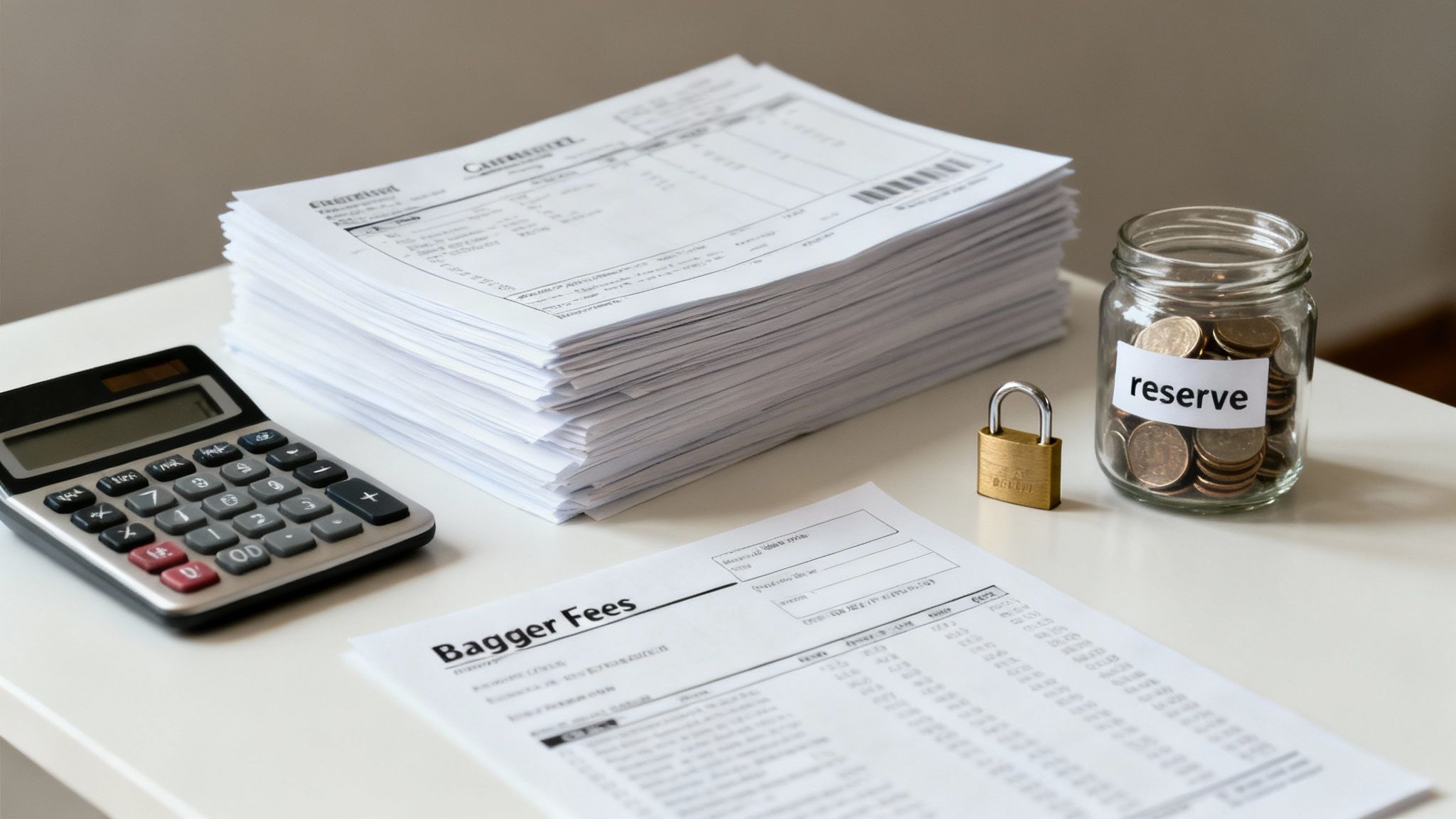
Getting tagged as a merchant high risk isn't just a label—it's a reality that hits your bottom line and reshapes how you run your business. These aren't minor speed bumps; they're significant financial and operational hurdles you need to plan for. If you know what's coming, you can build a smarter, more resilient strategy from day one instead of being caught by surprise.
The first and most obvious hit is higher processing fees. Processors view high-risk accounts as a bigger liability, and they build their safety net by charging you more. We're not talking about a small bump, either. It can be a serious slice of your revenue from every single transaction.
Put it this way: a standard merchant might pay 2.9% + 30¢ per transaction. As a high-risk merchant, you could be looking at 4.9% + 30¢, or even more. Across thousands of sales, that difference snowballs into a huge amount of lost profit, making it tougher to grow and keep up.
The Challenge of Restricted Cash Flow
Beyond the fees, one of the biggest shocks for high-risk merchants is the rolling reserve. For the payment processor, it's a non-negotiable insurance policy. For your business, it can feel like a chokehold on your cash.
A rolling reserve means the processor holds back a percentage of your revenue—usually 5% to 10%—for an extended period, often around 180 days. This fund is there to cover any future chargebacks or refunds. You'll get the money eventually, but the delay can put a serious strain on your cash flow, making it harder to pay suppliers, fund marketing campaigns, or cover everyday expenses.
A rolling reserve isn't a penalty; it's the processor's insurance policy. But for your business, it means a portion of your hard-earned revenue is always out of reach, forcing you to operate with tighter cash reserves.
This delayed access to your own money forces you into meticulous financial planning. You simply can't count on having 100% of your sales revenue available right away, which is a massive adjustment for any business owner.
Navigating Intense Scrutiny and Compliance
Another hidden cost is the constant, intense scrutiny from your payment partners. High-risk accounts are watched like a hawk. Your transaction patterns, chargeback ratios, and even your website copy will be under a microscope to make sure you're following every rule from the card networks.
This extra oversight means you have almost no room for error. A sudden spike in sales—something a standard merchant would celebrate—could trigger an account review or even a temporary freeze on your funds. You have to be ready to pull up extensive documentation at a moment's notice to prove everything is above board.
The financial sting of chargebacks is also much worse. Each dispute doesn't just come with a fee; it pushes you closer to dangerous thresholds that could jeopardize your account. To really get a handle on this, check out our deep dive on what a chargeback fee entails.
This pressure is even tougher because fraud is always getting smarter. Businesses globally are losing billions to chargebacks, and that number is only going up as fraudsters get more creative, especially in high-risk industries. Merchants now have to fend off sophisticated threats like AI-powered bot attacks and synthetic identities that mix real and fake data to trick security systems.
At the end of the day, success as a high-risk business means accepting these costs and building systems to manage them proactively. If you anticipate higher fees, plan for cash flow restrictions, and stay on top of compliance, you can absolutely get through these challenges and build a thriving business.
Why Chargebacks Are the Biggest Threat
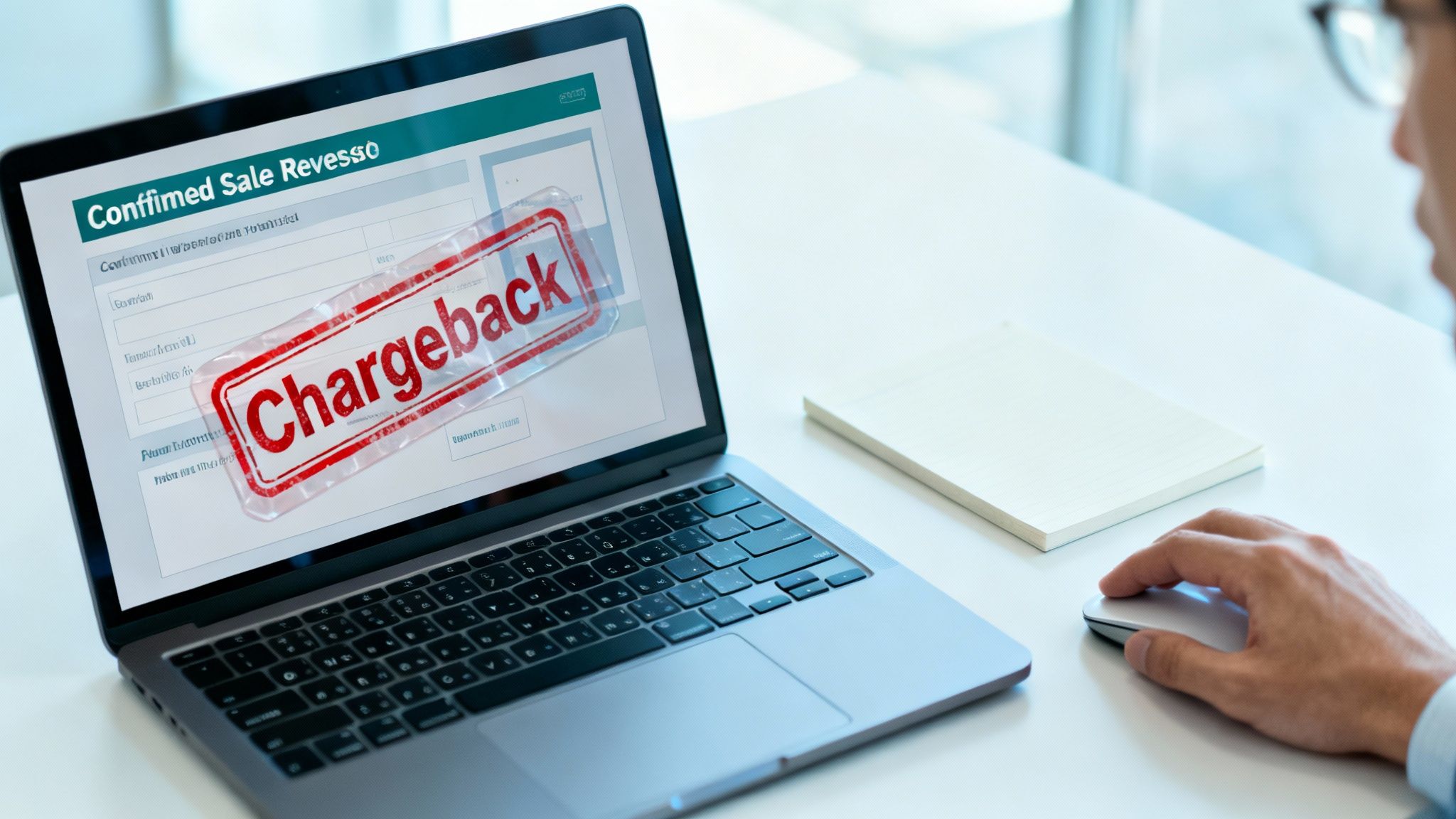
If there's one thing that keeps a high-risk merchant up at night, it’s the chargeback. More than any other single factor, a high volume of chargebacks is the fastest ticket to getting flagged, penalized, or even shut down by your payment processor. Honestly, it’s the main reason this classification exists in the first place.
Think of each chargeback as a little red flag on your account. A couple here and there are just part of doing business. But when they start to pile up, processors see it as a symptom of a much bigger problem. It could be an issue with your product, your customer service, or even your core business model. To them, it just screams financial liability.
Here’s why: when a customer disputes a charge, the bank yanks those funds straight out of your account and gives them back to the cardholder. Suddenly, you've lost the sale, you're out the product or service, and you get slapped with a penalty fee. It’s a triple-whammy that can chew through your profit margins and destabilize your whole operation.
The Rise of Friendly Fraud
Here’s the frustrating part: not all chargebacks come from stolen credit cards. In fact, one of the most damaging types comes from your own, otherwise legitimate, customers. This is called friendly fraud, and it’s when a real customer disputes a purchase they actually made.
Maybe they didn't recognize the billing descriptor on their statement, or they have a case of buyer's remorse. Sometimes, it’s just easier for them to call their bank than to contact you for a refund.
For high-risk industries, friendly fraud is a constant, draining battle. A customer with a subscription might forget they signed up for recurring billing. Someone who bought a digital download might claim they never received it, even though the file is sitting on their hard drive. Because they used their own card, proving their intent is incredibly difficult.
This ambiguity is exactly what makes it such a menace. The burden of proof is on you, the merchant, to show the transaction was legitimate. Without rock-solid evidence and the right systems, it's often a losing fight.
Chargebacks represent a growing threat in global eCommerce, projected to cost $33.79 billion in one year with an alarming increase to $41.69 billion within just three years. A major contributor to these figures is 'friendly fraud,' which accounts for approximately 75% of chargeback cases. To see more on this trend, you can read the full research on chargeback statistics and costs.
The Card Network Thresholds
Card networks like Visa and Mastercard don't mess around with high chargeback rates. They have strict limits, and the consequences for breaking them are severe. These aren't just "guidelines"—they are hard rules that processors are required to enforce.
- The Standard Threshold: Most programs keep a close watch to ensure accounts stay below a 1% chargeback-to-transaction ratio. That means for every 100 sales, you can't have more than one dispute.
- The High-Risk Threshold: For businesses in certain high-risk categories, Visa’s programs may flag an account if its chargeback count hits 100 per month, even if the ratio is technically below the 1% limit.
Crossing these lines triggers a painful domino effect. First, you'll face hefty fines that can climb into the thousands of dollars each month. If the problem continues, your processor will likely stick you in a "chargeback monitoring program," which means even more scrutiny and even higher fines.
The last stop is account termination. If you can’t get your chargebacks under control, your processor will cut you off. This lands you on the MATCH List (Member Alert to Control High-Risk), a dreaded industry blacklist that makes it nearly impossible to get a new merchant account anywhere else. For most businesses, that’s the end of the road for accepting card payments.
This is precisely why proactive chargeback management isn't just a good idea; it's a fundamental survival skill for any merchant, especially in a high-risk space. Without it, you're always just one bad month away from losing your ability to do business.
Proven Strategies to Reduce Your Risk Profile
Dealing with the world as a merchant high risk can feel like you’re always playing defense. But it’s time to get off your heels and start building a stronger, more resilient business. Being labeled "high-risk" isn't a permanent stain; it's a challenge you can absolutely manage with the right game plan.
The key is to shift from reacting to problems to proactively addressing the very things that make payment processors nervous.
Think of it this way: if your business is a high-performance sports car that insurers are hesitant to cover, your job is to prove you're a responsible owner. You'd install the best anti-theft system, demonstrate a perfect driving record, and keep the car in pristine condition. In business, that means tightening up your operations, making your customer interactions flawless, and using modern tools to stop trouble before it even starts.
When you take control of your risk profile, you’ll see your chargeback rates drop, your revenue become more secure, and your business build a much more stable foundation for growth.
Fortify Your Defenses With Modern Fraud Detection
Your first line of defense is stopping fraudulent transactions before they ever get through. Let's be honest, outdated security measures just can't keep up with today's fraudsters. This is where modern fraud detection tools become your most valuable players.
These systems work in real-time, analyzing dozens of data points for every single transaction. They’re looking for red flags like multiple orders from the same IP address using different credit cards, or a shipping address that’s thousands of miles from the card’s billing location. It’s like having a digital bouncer at your checkout, vetting everyone before they complete a purchase.
Implementing basics like Address Verification Service (AVS) and Card Verification Value (CVV) checks is non-negotiable. But for a truly solid shield, look into advanced solutions that use machine learning to adapt to new fraud tactics on the fly. These systems get smarter with every transaction, giving you a powerful, evolving advantage.
Transform Customer Service Into a Chargeback Shield
A surprising number of chargebacks—especially the "friendly fraud" kind—start with a simple customer frustration. A buyer who doesn't recognize a charge, is confused about a policy, or can't get a quick answer is far more likely to call their bank than try to solve it with you.
This is why outstanding customer service is one of the most effective, yet underrated, chargeback prevention tools out there.
Make it incredibly easy for customers to reach you. Plaster your phone number, email, and live chat options on your website, in order confirmation emails, and on your billing statements. When someone does reach out, respond quickly and with empathy.
A fast, helpful response can turn a potential dispute into a positive customer experience. The goal is to make getting a refund from you easier and faster than filing a chargeback with their bank.
This approach doesn't just stop disputes; it builds loyalty. When customers know you'll treat them fairly, they come back.
Embrace Crystal-Clear Communication
Ambiguity is the enemy of a low-risk business. Your customers should never be surprised by a charge, a policy, or a delivery date. Clarity at every step is your best defense against the misunderstandings that breed chargebacks.
Take a hard look at your entire customer journey and hunt for any potential confusion:
- Product Descriptions: Are they 100% accurate? Do they set realistic expectations?
- Billing Descriptors: Does the name on your customer’s credit card statement clearly say who you are? A cryptic descriptor is one of the top reasons for "I don't recognize this charge" disputes.
- Terms and Conditions: Are your refund, cancellation, and shipping policies easy to find, read, and understand? Use plain English, not legal jargon.
This level of transparency shows both customers and processors that you run a tight, professional ship.
Partner With the Right Payment Specialists
Finally, working with a payment processor that actually specializes in high-risk industries can be a game-changer. These partners get the unique challenges you face and have the right infrastructure to support you. They can offer more flexible underwriting, specialized fraud tools, and expert advice that’s relevant to your field.
To keep up, merchants are adopting new tech fast. For instance, to fight rising fraud, 60% of merchants now use tokenization, with a major shift toward network tokens for better security. On top of that, over half are using or planning to use generative AI for fraud detection, though 80% report challenges with data and integration.
These stats show just how important it is to have a partner who can help you handle these advanced tools. You can learn more about these 2025 payment and fraud trends and see how things are changing.
A specialist processor won't just see you as a liability. They'll see you as a partner and give you the tools and guidance you need to thrive, not just survive.
How to Thrive as a High-Risk Business
Getting tagged as a merchant high risk business isn't a death sentence. Far from it. Think of it less as a final judgment and more as a heads-up that you need to be smarter and more strategic than the average company. The label is just a classification based on industry data, not a comment on your potential to succeed. The key is to shift from reacting to problems to proactively preventing them.
It all starts with getting brutally honest about why your business is considered high-risk. Once you pinpoint the specific concerns—whether it's your industry's history with chargebacks or a unique aspect of your business model—you can build a solid strategy to tackle those issues head-on. This means being prepared for realities like higher processing fees and investing in robust systems to keep your operations buttoned up.
Charting a Course for Success
Success in a high-risk space comes down to meticulous management and picking the right partners. The goal isn't just to stay afloat but to build a stable, profitable business that stands the test of time. This really boils down to a commitment to a few core principles:
- Exceptional Customer Service: Make it ridiculously easy for customers to contact you for a refund. It should always be simpler than filing a chargeback with their bank.
- Crystal-Clear Communication: Leave no room for doubt. Your billing descriptors, product descriptions, and return policies need to be completely unambiguous and easy to find.
- Proactive Fraud Prevention: Don't wait for fraud to happen. Use modern tools to spot and stop suspicious transactions before they ever turn into costly disputes.
Ultimately, with the right game plan and tools, you can completely change how banks and processors see your business. Despite what you might hear, business models like dropshipping are still incredibly viable for entrepreneurs who focus on navigating dropshipping challenges with a smart strategy.
The "high-risk" label doesn’t define your future. Your proactive strategies, commitment to your customers, and intelligent use of technology are what will secure your long-term success and profitability.
With a solid plan, you can operate with confidence and focus on growth. For any business serious about protecting its revenue, looking into comprehensive merchant chargeback protection is a non-negotiable step toward building a truly resilient financial foundation.
Got Questions? We’ve Got Answers.
Jumping into the world of high-risk merchant accounts can feel like learning a new language. It’s natural to have questions. Let's tackle some of the most common ones we hear from business owners.
Can My Business Ever Lose Its High-Risk Status?
Yes and no. It really boils down to why you were flagged as high-risk in the first place.
If you’re in an industry that’s inherently risky—think online gaming, CBD, or adult entertainment—that classification is probably permanent. The risk is tied to the business model itself, not just your individual performance.
But what if you landed in the high-risk category because of a sky-high chargeback ratio? That’s a different story. You absolutely have a path out. By aggressively managing disputes and keeping your chargeback rate consistently below the 1% threshold for several months, you can prove your business is stable. This gives you serious leverage to renegotiate terms or even qualify for a standard account.
Your risk status isn't always set in stone. For performance-related flags, proving your stability over time is your ticket to a better standing with processors.
What Is a Rolling Reserve and Why Do I Need One?
Think of a rolling reserve as a security deposit for your payment processor. It's a safety net for them. They hold back a small slice of your daily revenue, usually around 5-10%, for a set period—typically 180 days—before releasing it into your account.
This stash of cash is there to cover any sudden spike in chargebacks or refunds. It ensures the processor won't be left holding the bag if your business hits a rough patch. While it definitely pinches your short-term cash flow, it’s a standard, non-negotiable requirement for getting a high-risk merchant account approved.
Are High-Risk Merchant Accounts Always More Expensive?
In a word, yes. Processors are taking a bigger gamble on your business, and they price that risk into their fees. You can expect to pay more for everything: higher per-transaction rates, steeper monthly fees, and sometimes even setup costs.
However, "more expensive" doesn't mean all prices are the same. Rates can vary wildly between providers. It pays to shop around, especially with processors who specialize in your specific industry. A provider who gets the nuances of your business model is better equipped to manage its unique risks, and they might just offer you more attractive rates and better support because of it.
Tired of the constant battle against chargebacks? ChargePay puts the fight on autopilot. Our AI-driven platform takes on the entire dispute process for you, recovering up to 80% of your lost revenue without you lifting a finger. See how you can finally get ahead of chargebacks by visiting ChargePay.



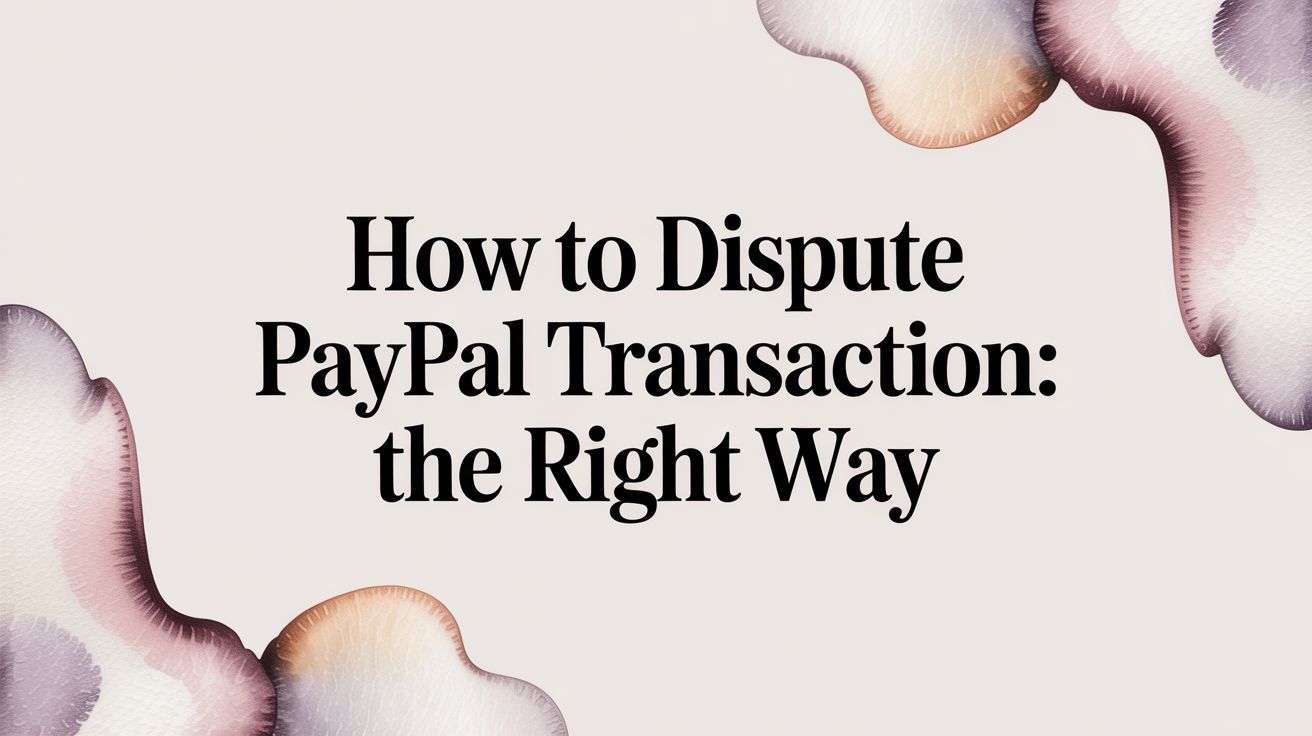
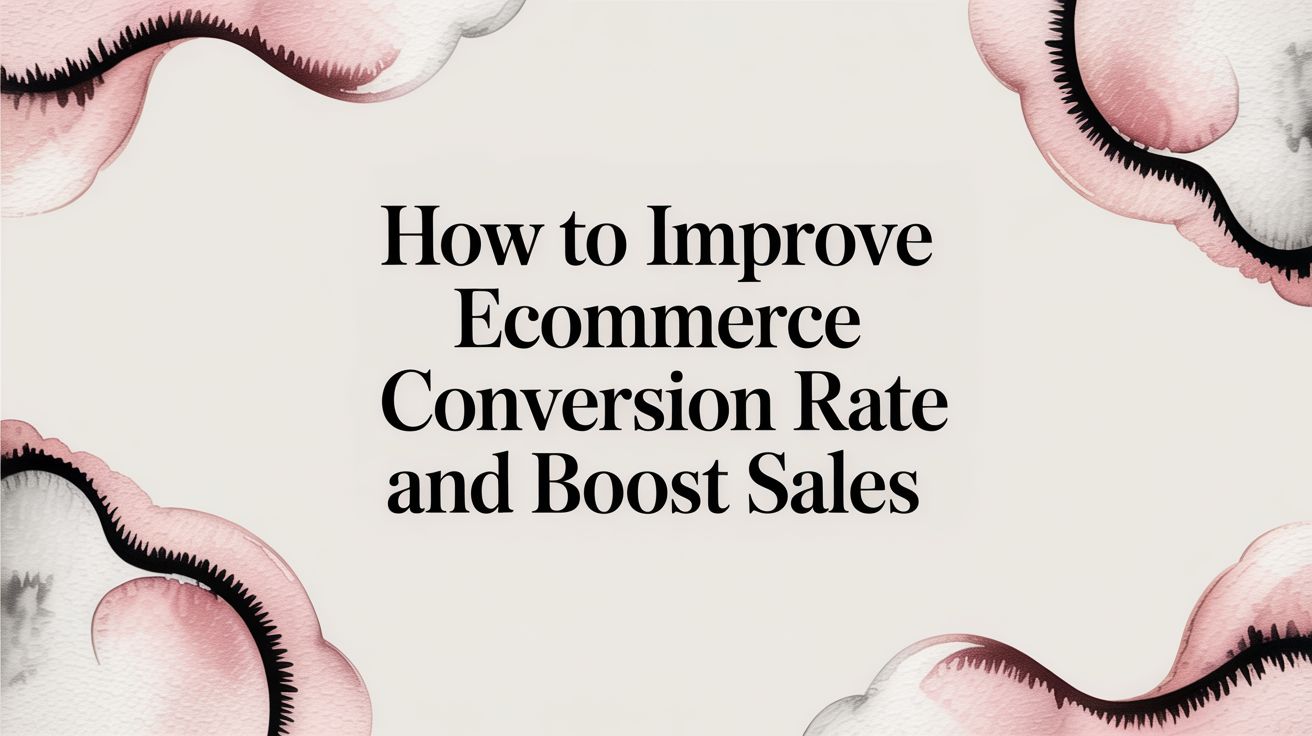
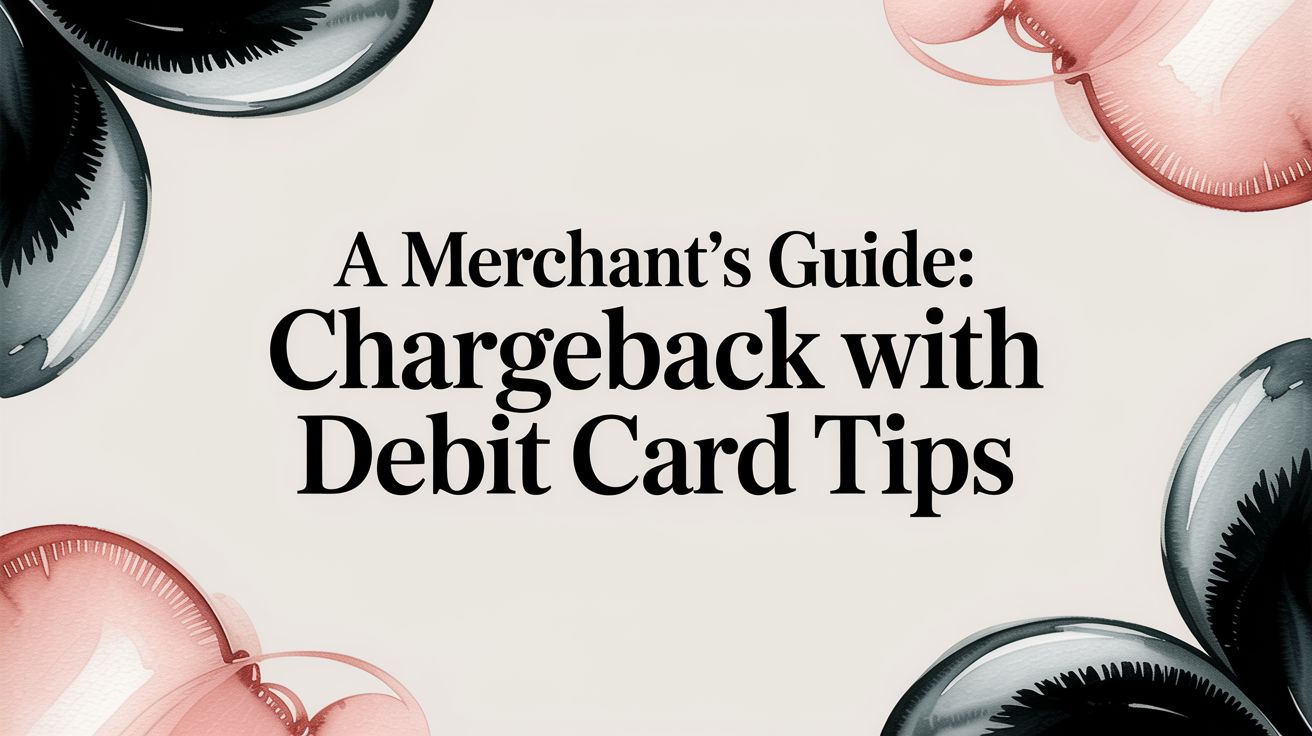

.svg)







.svg)
.svg)
.svg)